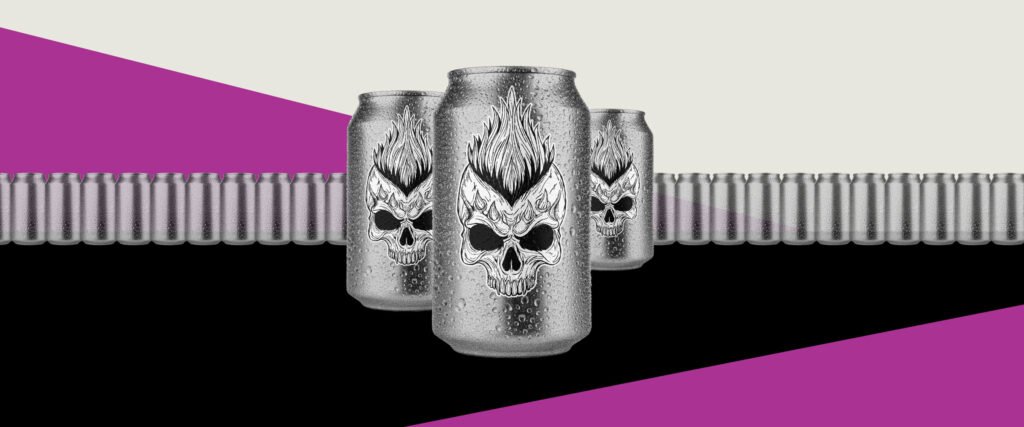Introduction: Why Most Startups Price Their Product Wrong
Imagine two nearly identical startups.
They both offer the same technology, solve the same problem, and target the same customers.
But after five years, one has scaled to $100M ARR, while the other is still struggling to break $5M ARR.
What’s the difference? Pricing.
Most startups treat pricing as an afterthought—they pick a number that feels right, copy a competitor, or charge what they think customers will pay. But the data tells a different story:
- Pricing is the #1 revenue lever for SaaS companies, yet only 6% of startups optimize it regularly (ProfitWell, 2023).
- A 1% price increase can result in an 11% increase in profits (Harvard Business Review).
- Companies that use value-based pricing grow 2x faster than those that don’t (SaaStr, 2023).
The biggest mistake? Underpricing. Startups often fear charging too much and end up pricing too low, attracting the wrong customers and leaving millions in revenue on the table.
The most successful companies—Salesforce, HubSpot, Figma, and Netflix—use pricing as a strategic advantage, adjusting their models based on customer behavior, perceived value, and market dynamics.
So how do you ensure you’re pricing your product for profitability and growth?
This playbook will break down the three biggest pricing mistakes startups make—and how to fix them.
The 3 Biggest Pricing Mistakes That Kill Growth
1. Pricing Too Low Out of Fear
Most startups start with low pricing because they’re afraid of scaring away customers. They believe lower prices = more customers.
But here’s the truth: Low prices don’t attract more customers. They attract the wrong ones.
The Data
- Low-price SaaS products see 50% higher churn because they attract price-sensitive buyers who don’t stick around (ProfitWell, 2023).
- Companies that raise prices by 20% often see no drop in conversion rates because buyers associate price with value (McKinsey, 2023).
- Underpriced startups burn through cash faster because they can’t afford proper customer support, marketing, or product improvements (Bain & Co., 2023).
Case Study: Salesforce’s Premium Pricing Model
When Salesforce launched, they didn’t price for mass-market appeal. Instead, they positioned themselves as a premium enterprise tool, charging significantly more than competitors. By pricing high, they filtered out low-value customers and built a business with high retention and strong revenue growth.
How to Fix It
- Price based on value, not cost. If your product saves a customer $10,000 per year, pricing it at $50 per month is leaving money on the table.
- A/B test pricing tiers to see what customers are actually willing to pay.
- Charge premium customers more. A $1,000/month plan with 50 enterprise clients is often more scalable than a $10/month plan with 5,000 low-value customers.
2. Using Cost-Based Instead of Value-Based Pricing
Many startups calculate their costs, add a profit margin, and set their prices accordingly. This is called cost-based pricing, and it’s one of the biggest revenue killers in SaaS and tech.
The Problem
- Customers don’t care about your costs. They care about the value they get.
- Value-based pricing generates 2x higher revenue than cost-based pricing because it’s based on what customers are willing to pay, not internal costs (SaaStr, 2023).
- Companies that align pricing with ROI see 30% higher conversion rates because buyers understand the direct impact on their business (Forrester, 2023).
Case Study: HubSpot’s Tiered Pricing Strategy
HubSpot started with a flat pricing model but quickly realized that customers valued their product differently. They introduced tiered pricing based on features and business size, allowing them to capture more revenue from high-value customers while still offering an entry-level plan. This move 10x’d their revenue over five years.
How to Fix It
- Survey customers and ask: “How much would you pay for this?”
- Segment pricing based on usage, business size, or outcomes.
- Charge based on ROI. If your tool saves companies $100,000 per year, price accordingly.
3. Failing to Experiment with Pricing Models
Many companies set a price and never change it. But the best companies test and iterate on pricing as aggressively as they do product features.
The Problem
- Startups that test pricing every 6 months grow 30% faster than those that don’t (Gartner, 2023).
- 79% of SaaS companies that switch to a usage-based or hybrid pricing model increase retention because customers feel they’re paying for actual value (OpenView, 2023).
- Companies that don’t update pricing lose millions in potential revenue as their product matures (Bain & Co., 2023).
Case Study: Netflix’s Evolution from Subscription to Tiered Pricing
Netflix didn’t start with ad-supported plans or tiered pricing—they evolved based on customer behavior and willingness to pay. When they introduced higher-priced 4K streaming plans, millions of customers upgraded, driving higher revenue without increasing acquisition costs.
How to Fix It
- A/B test pricing at least once per year.
- Experiment with new models (e.g., usage-based, premium add-ons, enterprise tiers).
- Monitor customer behavior—if users love a feature, consider charging more for it.
The 5-Step Pricing Optimization Framework
Pricing isn’t something you set once—it’s an ongoing strategic function. Use this framework to optimize pricing:
1. Conduct Willingness-to-Pay (WTP) Research – Survey customers to find the highest price they’d pay before saying no.
2. Implement Value-Based Pricing – Tie pricing to customer ROI instead of arbitrary costs.
3. Segment Pricing for Different Customer Tiers – Charge startups, mid-market, and enterprise clients differently based on usage.
4. Test Pricing Models Regularly – Run small-scale A/B tests to determine what pricing maximizes revenue without hurting conversion.
5. Monitor Pricing Perception – If customers see your product as cheap, they’ll undervalue it. If they see it as premium, they’ll pay more.
Final Thoughts: Why Pricing is the Biggest Growth Lever
Most companies focus on customer acquisition and product features, but the best companies know pricing is the easiest way to drive growth.
- A 1% price increase can lead to an 11% boost in profits.
- Value-based pricing companies grow 2x faster.
- Testing pricing every 6 months leads to 30% higher revenue growth.
Startups that scale beyond $100M ARR don’t just build great products—they price them strategically.
So the real question is: Are you pricing your product based on value—or just guessing?
Let’s Optimize Your Pricing Strategy
If your pricing isn’t optimized, you’re leaving revenue on the table. Let’s fix that.
Reach out to ProdRite at hello@prodrite.com to build a data-driven pricing strategy that maximizes growth.






